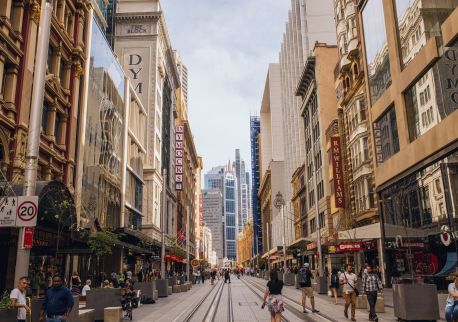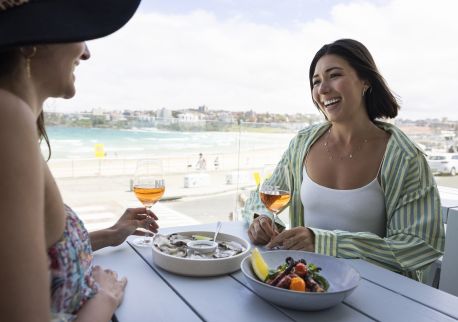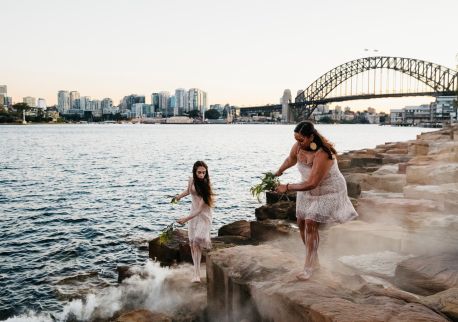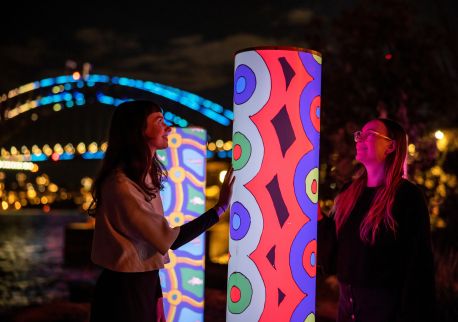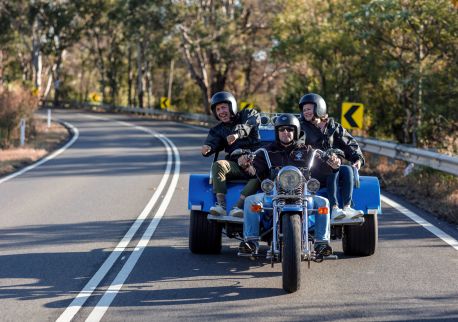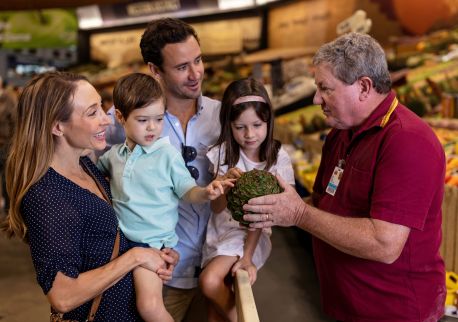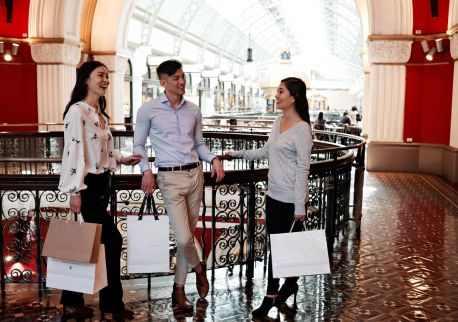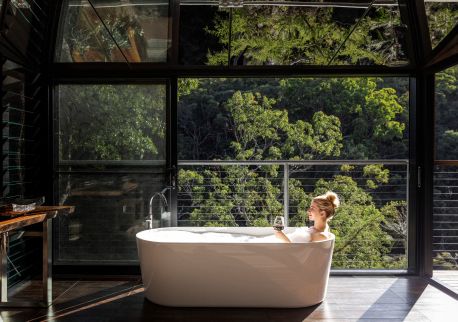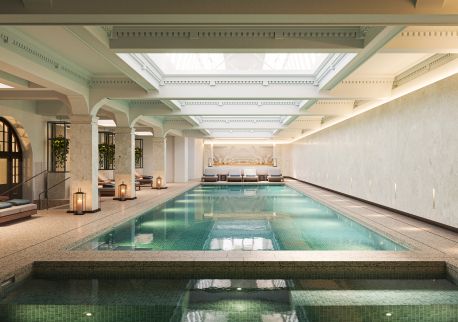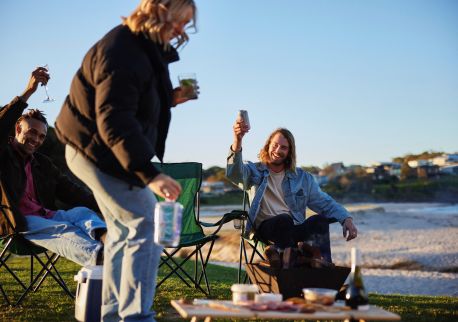Parramatta Female Factory
Overview
National Heritage-Listed Parramatta Female Factory is the first and only surviving purpose-built factory for female convicts in Australia. All the other 12 Female Factories were modelled on Parramatta and all 12 have been demolished. There are two 1821 Francis Greenway Buildings - the Matron's Quarters and Administration Building and the Lying-In Hospital which is the first female hospital in Australia. Its midwives delivered 1000s of children. The Factory has an 1826 3rd Class Penitentiary where all 6 Riots occurred between 1821-1848. The Factory walls date from 1818 to 1833 such as Governor's Gipps Yard Wall which enclosed the Gipps 72 cell solitary confinement building (demolished).
The clock mechanism in the clock tower made by Thwaites & Reed in 1821 houses an 1821 Brass bell which is one of 5 gifted by King George IV on his ascension to the crown. Whilst the original Greenway Barracks were demolished to rebuild with the same sandstone as the Barracks (1818) - an 1870s Lunatic Asylum (Male Ward 1) and the builders were instructed to install the King's clock tower and bell and it still keeps time.
The Parramatta Female Factory & Institutions Precinct is in the process of being listed for World Heritage through UNESCO.

